
One of the greatest cultural legacies of the Turks who played a major role in the beginning and development of the history of civilization and undertook the first great migration bringing along their values and culture to the Anatolian lands is the Turkish cuisine.
The Turkish cuisine, which had originated from the blending of the Asian, European, Middle Eastern and African cultures and evolved under the influence of the Seljuk and Ottoman Cuisines over the centuries, offers thousands of various dishes and delicacies.
Turkish cuisine evolved long before the Common Era, during the times of hunting and gathering. To provide the hunters with delicious and savory food the women of the time developed various dishes by trial and error and discovered the spices that added flavor.
During the times of nomadic living and settled life after on, the Turks occupied themselves with husbandry that led to the consumption of milk and the discovery of a variety of dairy foods such as cheese, yoghurt and ayran (a yoghurt drink). Agricultural products such as wheat and barley are the major cereals that form the basis of Turkish culinary culture.
One of the most significant legacies of the Ottoman Era, the Palace cuisine, which has given the evolving Turkish cuisine its final touch, is still preserved today. The Ottoman Palace cuisine diversified with the adaptation of diverse flavors and recipes as the borders of the Ottoman Empire kept extending throughout the Asian, European and African continent and reached its heyday during the 19th century.
Some of the flavors that have enriched the international cuisine after the discovery of the American continent paved their way to the Palace Cuisine as well. With the discovery of the vast continent, food items such as tomatoes, tomato paste, beans, potatoes, turkey, and cocoa had reached the soils of Anatolia in no time and become indispensable ingredients of many Turkish specialties.
The influence of the Palace Cuisine can be observed in various international cuisines of the present day thanks to the foreign cooks of the Ottoman Era who adapted various original recipes to their native cuisine.
Tea, one of the indispensable items of Turkish culinary culture, does not have such a long history although it is commonly consumed in the present day. Turkish black tea, grown in the Eastern Black Sea region and imported for the first time in the 19th century, has become an essential part of the dominant culture by now and is drunk any time of the day.
Turkish coffee, on the other hand, is a unique type of coffee made with a special brewing method invented by Turks. This specialty, often served together with water, Turkish Delight or liquor, has a significant place in Turkish culture as it is inferred in the popular Turkish saying “Bir fincan kahvenin kırk yıl hatırı vardır” (A cup of coffee is remembered forty years).” Turkish coffee, stewed in a special coffee pot (cezve) after the raw coffee beans are roasted and milled, tastes the more delicious the foamier it is prepared.
The Turkish cuisine, which has become the dominant cuisine of the whole Anatolian region by now continues to evolve with the contributions of expert cooks and new techniques, and is offered at a variety of places varying from the most luxurious restaurants to the most modest diners.
The Turkish cuisine, composed of numerous dishes and specialties renown around the globe, displays different features and varieties unique to every region in Turkey. Visitors of Turkey which is comprised of seven regions will have the opportunity to taste local specialties and different versions of flavors and dishes in every other territory.
_________________________________________________________________________________________
Some Delicious Turkish Foods Everyone Must Try
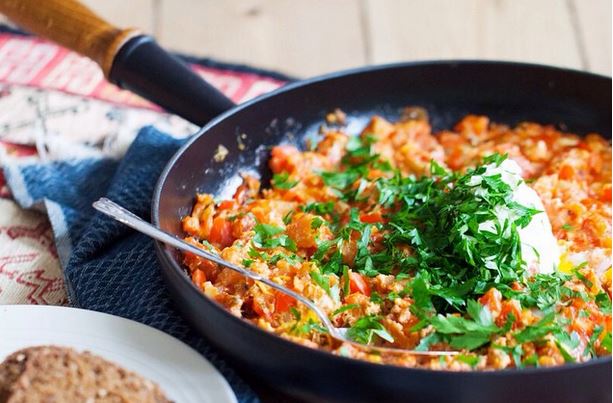 |
Menemen This traditional Turkish breakfast item is scrambled eggs cooked in sautéed vegetables and served hot with bread. Dip it, spread it, or spoon it up. |
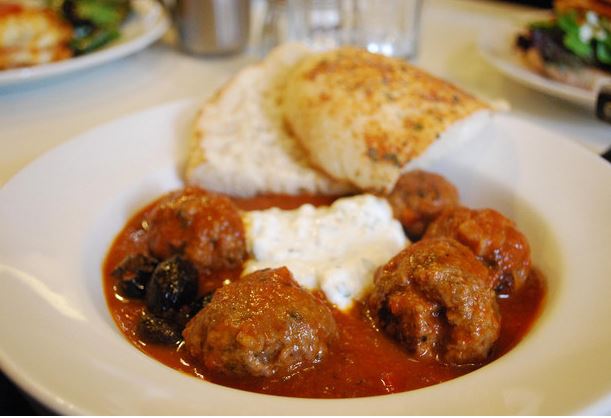 |
Köfte A Turkish staple, köfte is balls or patties of ground beef or lamb, and can be served stewed, in sandwiches, over salads, or plain with yogurt. |
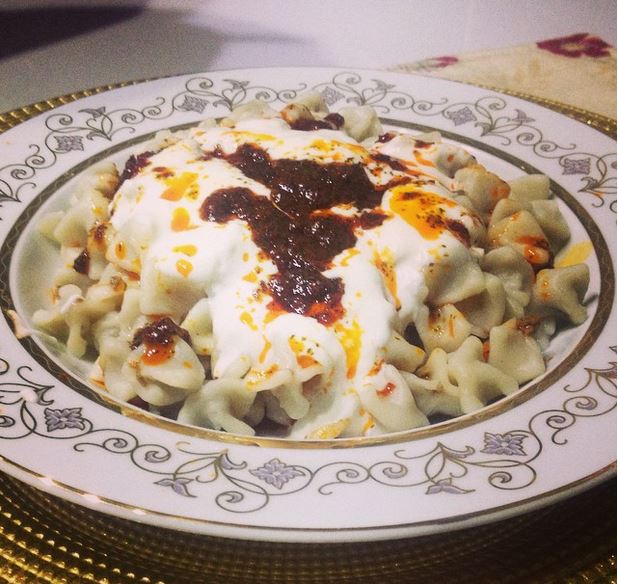 |
Mantı Mantı might remind you of ravioli at first sight, but the traditional Turkish dish is completely unique in taste and texture. Small beef or lamb dumplings are boiled or fried and served with yogurt or butter, and often accompanied with a range of spices. |
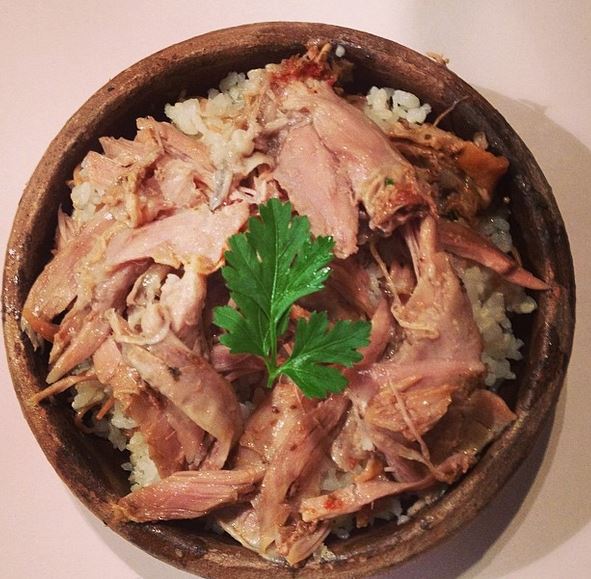 |
Kuzu Tandır The meat for this popular lamb dish is traditionally hung and slow roasted whole, and it often served with rice or potatoes, and yogurt. |
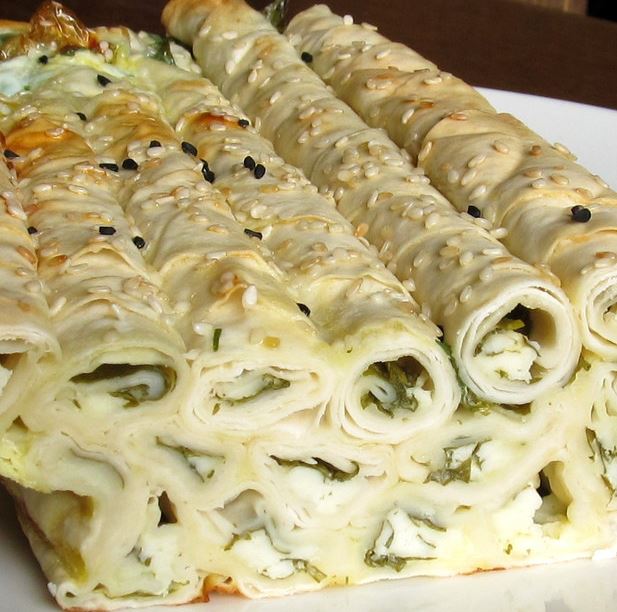 |
Börek with cheese filling Turkish savoury pastry comes in many varieties, most popularly filled with minced meat or spinach and cheese. Börek can be rolled, served as puffs, or layered like lasagna, and served for breakfast, lunch, dinner, or snack. Anyway you have it, börek is always flaky and delicious. |
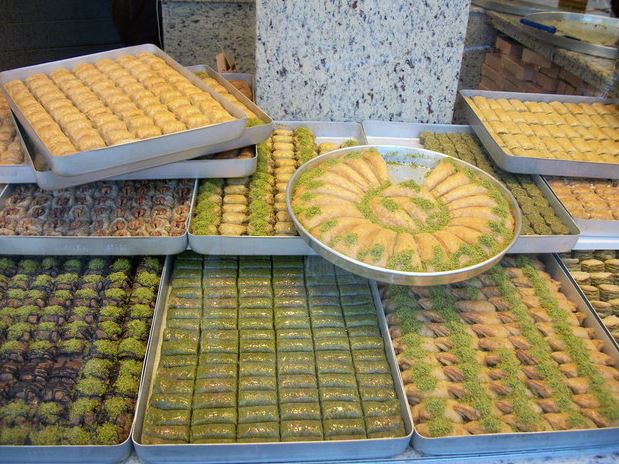 |
Baklava Nutty, syrupy, pastry dessert is never better than when served in Turkey. Often topped in ground pistachios, baklava is sweet and unique, and should be eaten fresh! |
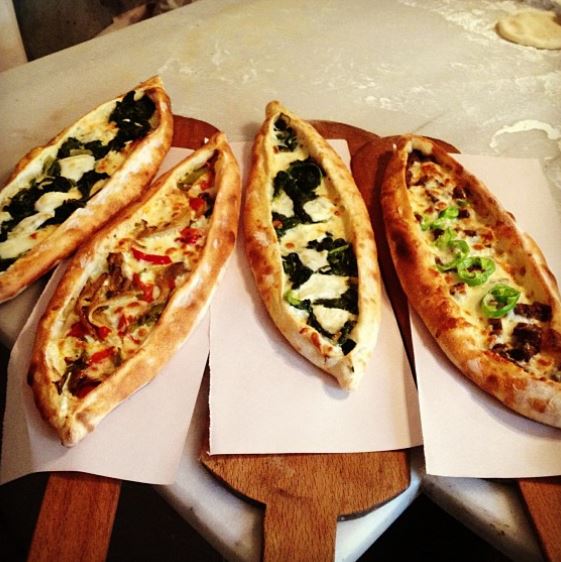 |
Pide Often called “Turkish Pizza,” Pide is a boat-shaped flatbread served with a variety of toppings, often minced meat or spinach and cheese. |
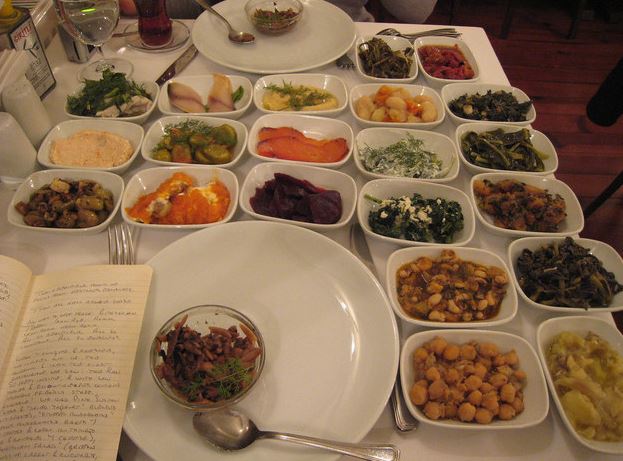 |
Meze It’s common to have meze, or a range of cold appetisers, with drinks or in place of a full meal. Dinner guests are provided with around 20 choices, bean dishes, salads, and spreads on small dishes to eat with bread. |
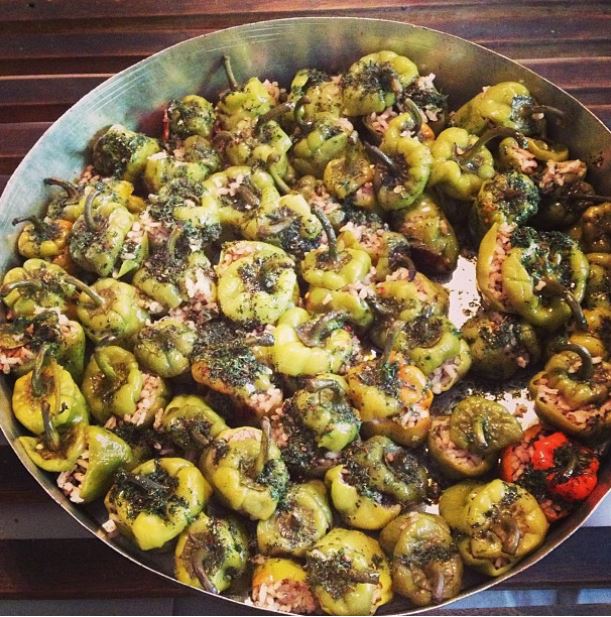 |
Stuffed Peppers - Biber Dolmasi Dolma is often used to refer to stuffed vine leaves, but encompasses any stuffed vegetable. Vine leaves are popular in Turkey, but so are stuffed peppers, courgettes, and aubergine. |
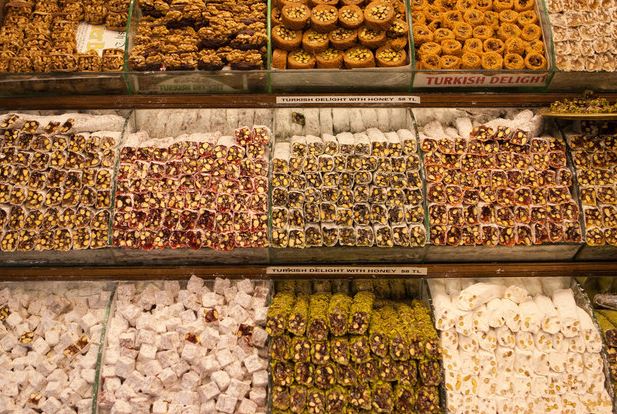 |
Lokum Lokum, or Turkish Delight, is a nougaty dessert served with a variety of flavours and fillings and often topped with powdered sugar. It’s always best fresh, as pre-packaged versions tend to go too light on the fillings and too heavy on the sugar, drying it out. |
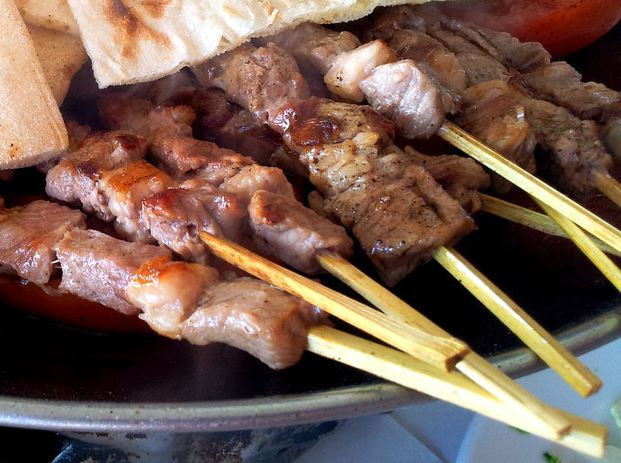 |
Çöp Şiş Meat on a stick originated in Turkey, wouldn’t you know? Sis Kebab is typically lamb, chicken or fish served on a wooden or metal rod, often with bread. Dip it in yogurt or eat it on its own; it’s always tender, savoury, and delicious. |
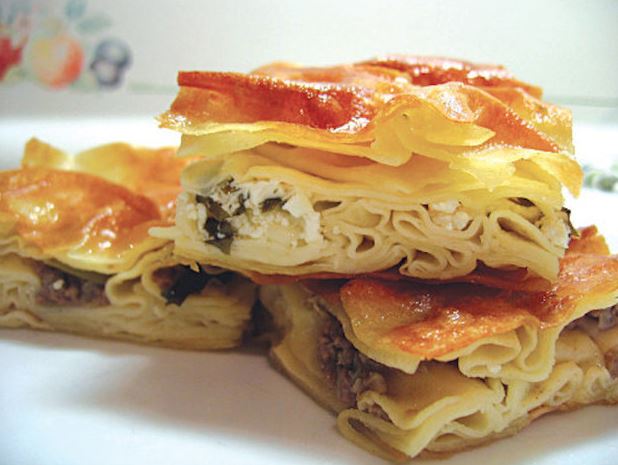 |
Su Böreği This variation of börek is a strange and amazing cross between lasagna and pastry. Su böreği (or water börek) is made from dough softened and cooked in milk and eggs. Stuffed with cheese and spinach, it’s a moist and filling snack. |
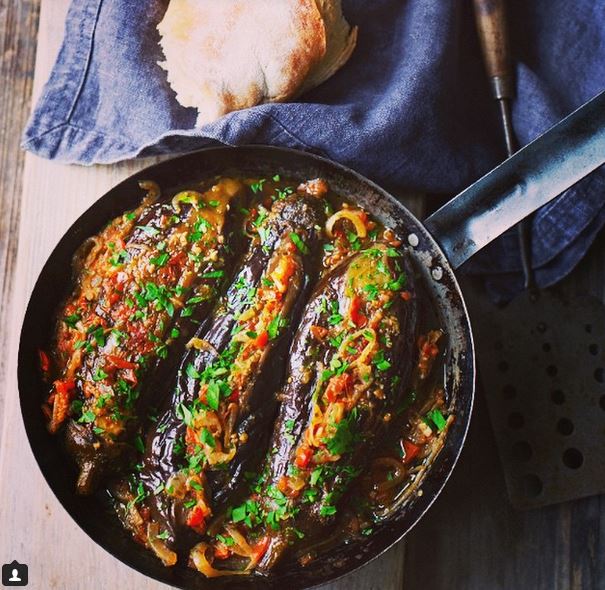 |
Mercimek Köftesi These vegetarian meat balls made from lentils, bulgur, and chopped vegetables are a common Turkish petiser. |
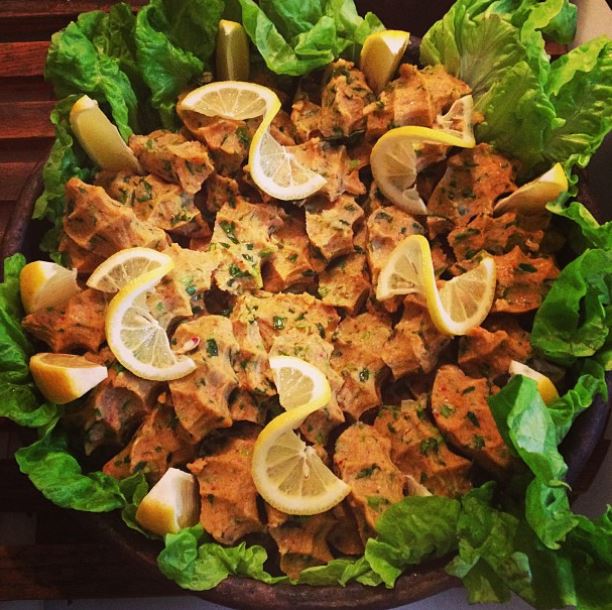 |
İmam Bayıldı This stuffed aubergine entree is delicious, hearty, and versatile. Aubergines can be filled with rice, bulgur, mince, and/or other veg and smothered in oil and butter before being baked or cooked on the stovetop.ap |
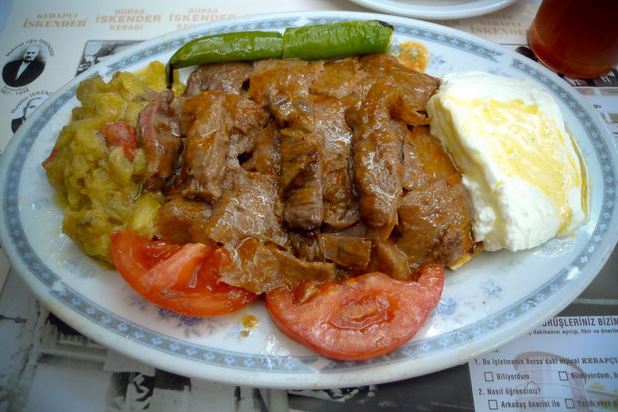 |
İskender Kebab A popular order at any kebab house, iskender kebab is long strips of lamb cooked in tomato sauce and served over rice and pita bread with yogurt. |
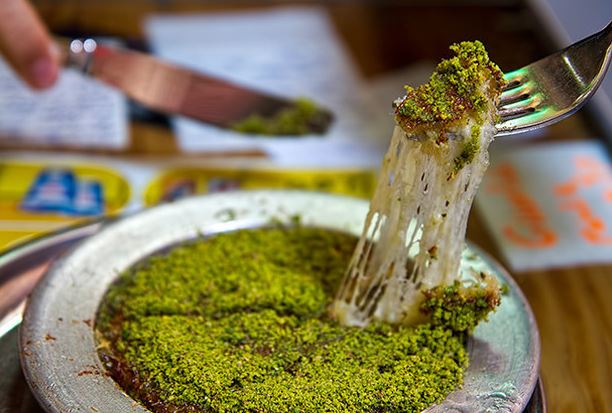 |
Künefe This unique Turkish dessert, made from cheese baked with shredded pastry dough and topped with pistachio, is a common treat for nights out as it’s difficult to make at home. |
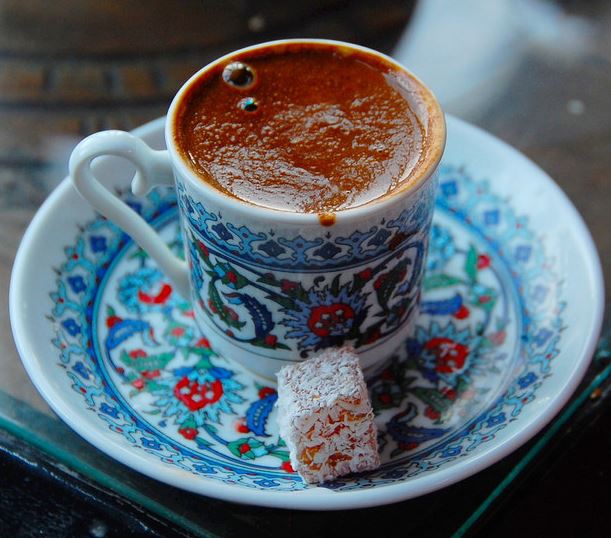 |
Turkish Coffee True Turkish coffee is strong, thick, and best served with a fresh piece of Turkish Delight, baklava, or a slice of mozaik cake to take the bitter aftertaste away. |

